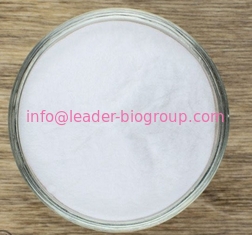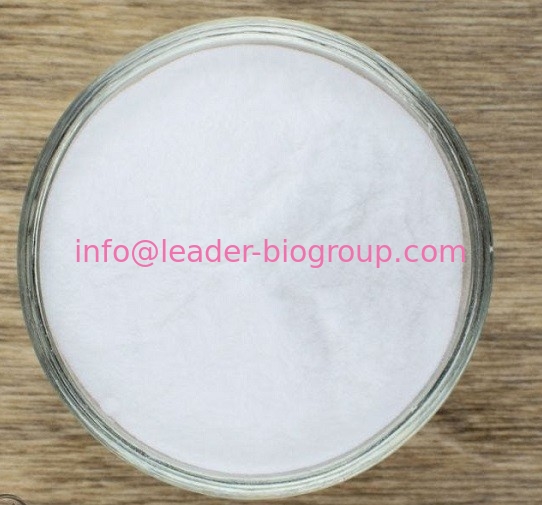
Top Quality best price DIHYDROACTINIDIOLIDE CAS 15356-74-8
-
Purity99.9%
-
UseHealth Care,nutrients,pharmaceuticals
-
OriginChina
-
Package25KG/Drum
-
ManufacturerXI'AN LEADER BIOCHEMICAL ENGINEERING CO.,LTD
-
AppearanceWhite Powder
-
ColorWhite
-
Place of OriginCHINA
-
Brand Nameinfo@leader-biogroup.com
-
CertificationISO,GMP,SGS,HALA,KOSER,HACCP
-
Model NumberLD
-
Minimum Order Quantity25KG
-
PriceNegotiate Depend on order quantity
-
Packaging Details25KG/Drum*Carton
-
Delivery Time7-10 working days
-
Payment TermsWestern Union, MoneyGram, T/T, L/C
-
Supply Ability30MT/Month
Top Quality best price DIHYDROACTINIDIOLIDE CAS 15356-74-8
Inquiry email: info@leader-biogroup.com
Hot Line +86-029-68895030
+86-029-68569961
+86-029-68569962
Fax +86-029-68895030
|
||||||||||||||||||||||||||||||||||||||||||||||||
